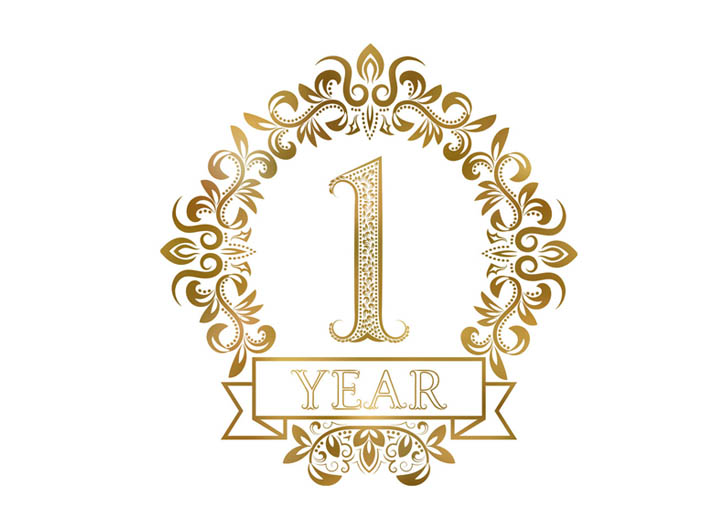
One Year Recoup of Capital %
One of the most crucial metrics when considering your next investment property.
Property principles 101. One year recoup of capital percentage.
Let’s unpack this because this is an important metric when considering your next investment property.
As an investor, there’s a lot of focus on the capital growth of a property and the yield of a property. But what is not often considered is the overall quantum of the return on your investment.
It needs to be a sum of your parts.
The most important factor is not necessarily the growth of the property or the yield of the property. It’s the sum of the parts. And when we have a high return on capital invested, particularly in the earliest stages of owning the investment, it allows us to borrow against that equity to potentially leverage that equity to purchase future assets.
It’s like we’ve bought a business, it’s earning money for us while we sleep, and we can leverage that money to move forth.
So it’s not a conversation of growth or yield, it’s the sum of the parts.
I’m going to unpack the one year recoup of capital % a little bit for you. So the one year recoup of capital percentage, the reason why it’s one year is because we are considering the investment and comparing one investment to another with the return or the overall quantum of return in that first year of purchase. This is assuming that we are in an accumulation phase of our portfolio.
We’re not at the end game. We’re at the beginning game, and when we’re at the beginning or halfway we want to calculate the time it takes us to pull our money back out of a deal.
To reinvest it in another deal is a key criteria to consider when purchasing investment.
The faster we can pull our capital out of a deal, the sooner we can buy our next stepping stone along our portfolio, the next step in our ‘Legacy Sequence’, the next purchase towards achieving our goals.
So that’s why we look at this as a one year recoup of capital percentage and not like a cash on cash return.
As a general figure, it’s not a five year recoup on capital percentage. It’s a one year because we have to compare apples with apples when it’s considered in a shorter time frame, all right, so that’s the reasoning behind the one year.
So what are the sum of the parts? We look at the under market value, right?
So there’s four different ways we can make money through this property up front in that first year.
One of them is at purchase.
I’ll tell you what my expectation is. I am the one making money ehen I purchase a property, not the vendor, I have an expectation to purchase at or below market value.
That is the first way we make money when we buy.
It’s the first way we generate a return. In that first year, we only get the chance to do that. Once per property. That’s why it is critical to get this right. And it’s a key element of the one year regroup of capital percentage.
The next one we look at is the overarching value.
How can we add potential to that property?
It’s a little bit tired, needs a little bit of work. We’re spending money on that property to profit. We’re spending money to make more money and profit from that process.
We might spend $10,000 on the kitchen to value add $20,000 in value.
That profit is yours and comes into the capital improvement of that property, into your return on investment for that property for that first year. So the renovation improvement forms part of your return on capital, that’s the second way.
We also then look at, obviously the income.
The yield that is attached to that dwelling. What is the total net cash flow for that property for the first year?
If it’s $3000 net positive cash flow that goes into your overall recoup of capital percentage for that year.
If it’s negative $3000 it is deducted from the other elements. So this brings emphasis back into the overarching return on investment.
Cash flows play a critical part of this component. Cashflows equals dollars. That’s number three, let’s do number four.
Number four is the overarching growth of a property. This is a key component. Obviously, we need to get this right. We want to find a property that’s in the upwards trajectory, a property that’s going to perform well now and into the future.
The overarching capital growth of that, probably in the first year, factors into our one year recoup of capital percentage. Now, what is my minimum expectation? I won’t consider a property where I do not feel we can generate 65% recoup of capital percentage in that first year.
Think about that.
Putting $100,000 into the deal: stamp duties, deposits, renovation, all of the buying costs, conveyancing, etcetera, putting $100,000 in there, and then at the end of 12 months we have $65,000 or more profits sitting in that deal.
That’s my minimum expectation.
We get the opportunity to renovate once every 10 or 20 years. When the property gets tired, I want to be the one profiting through that process. Good, strong yields, positive cash flow.
The property needs to pay us to be in our portfolio and for good, strong, high performance growth. It’s the sum of the parts when we assess the property. In that way, the regroup of capital percentages above 65. The property is going to work for us for the next year, generating our next deposit.
We can borrow against that, and then we can facilitate that for our next purchase.
